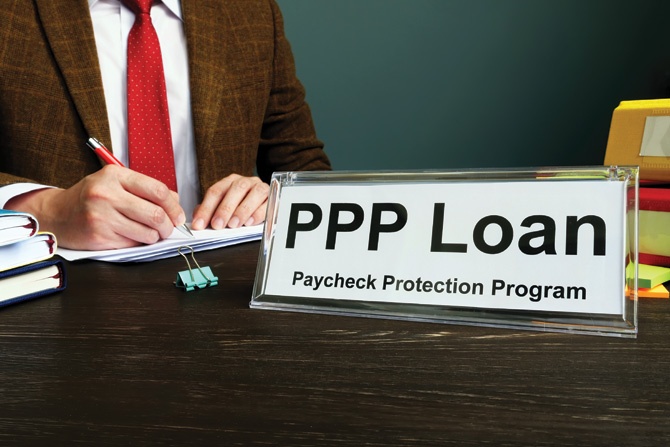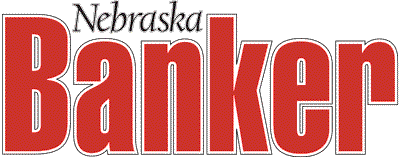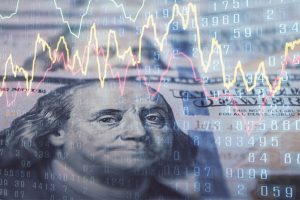At the end of May, the government’s Paycheck Protection Program came to a close. If Congress does not extend the program, we can expect the “Monday morning quarterbacking” about the program’s impact on the economy, its design and implementation, and its ultimate cost to begin. Those are appropriate questions to ask as we consider the lessons learned from the nation’s response to the coronavirus pandemic.
Here’s what I know already: The biggest small business rescue program in U.S. history would have been an unmitigated failure without the extraordinary efforts of America’s banks and their dedicated employees. It would never have produced the positive results it did without the incredible collaboration between ABA and our state association alliance partners.
It’s easy to forget what the world was like when PPP first launched in April 2020. The nation’s economy had largely shut down, many Americans were isolated in their homes, and businesses of all sizes were dealing with the stark new reality posed by COVID-19.
Banks across the country were trying to figure out how to keep the banking system fully functioning in the middle of a global pandemic and how to help their customers survive the economic disruption while also trying to figure out how to protect the health and safety of their employees and customers from an invisible threat.
It was against that backdrop that the federal government asked banks and other financial institutions to help the Small Business Administration launch the Paycheck Protection Program. On paper, the program dwarfed any previous SBA lending program in its history, and the agency was asked to launch it within days of lawmakers passing the CARES Act.
That launch, to be generous, did not go perfectly. SBA’s technical systems, built for its more traditional 7(a) lending program, could not handle the incredible load demanded by a program of this scale. The agency staff was overwhelmed and was slow in issuing the guidance banks needed to begin processing loans, and the guidance they did release was sometimes contradictory.
From the start, ABA and our state association alliance partners encouraged banks to step up and participate in PPP despite all the obstacles, and step up you have. As of April 11, banks were responsible for 80% of the nearly 9.6 million PPP loans so far and 93% of the $755 billion in PPP funding. I am particularly pleased to see how banks of all sizes supported the program. From our largest members to our smallest, the commitment to our small business customers has been truly remarkable. We have been united in this effort.
Banks were able to step up because ABA, working with our state association partners, was able to keep members informed on the program and its many iterations. In daily Zoom calls in the early months of the pandemic, state association executives served as an early warning system, keeping us updated on operational issues popping up, which we relayed back to SBA. Meanwhile, ABA provided members and state associations the latest SBA changes in real time.
At one point, ABA hosted a PPP webinar for bankers, only to find that SBA employees in some parts of the country were trying to register. We came to learn that they were getting better information about PPP from ABA and the state associations than they were from SBA headquarters.
ABA and the state associations also partnered on targeted ad campaigns to encourage minority- and women-owned businesses to consider applying for PPP loans. This partnership was just one of many industry initiatives to ensure PPP funds reached every business that needed them.
PPP will always have its critics. Some people remain fixated on the large businesses and public companies that applied in the first wave, only to be shamed into returning PPP funds. To be fair, many of those businesses met the initial eligibility requirements set by Congress. Government watchdogs remain rightfully concerned with inexcusable examples of fraud and abuse, many spotted by banks working with law enforcement.
Others have suggested that banks earned a windfall from PPP. The reality is that for most banks, the cost of diverting staff from other lines of business to reset systems and oversee this massive new program made PPP lending a break-even business at best. And yet, all of those bankers also tell me they would participate again under similar circumstances because supporting PPP was the right thing to do for their customers, communities and the country.
I am hopeful we won’t need another small business rescue program anytime soon. If we do need another PPP, please rest assured that we have learned some valuable lessons, and ABA and our state association alliance partners will once again be with you every step of the way.
Email Rob Nichols at rnichols@aba.com.









